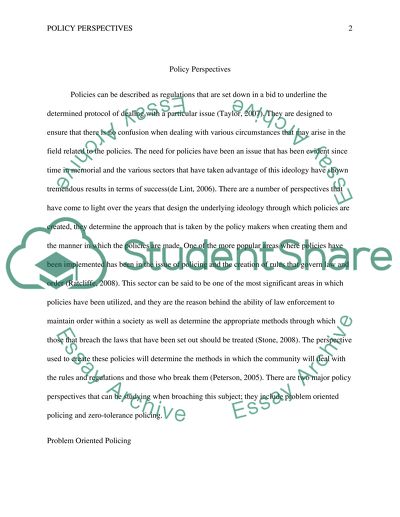Cite this document
(“Policing Policies Paper Research Example | Topics and Well Written Essays - 1750 words”, n.d.)
Retrieved from https://studentshare.org/law/1472427-policing-policies-paper
Retrieved from https://studentshare.org/law/1472427-policing-policies-paper
(Policing Policies Paper Research Example | Topics and Well Written Essays - 1750 Words)
https://studentshare.org/law/1472427-policing-policies-paper.
https://studentshare.org/law/1472427-policing-policies-paper.
“Policing Policies Paper Research Example | Topics and Well Written Essays - 1750 Words”, n.d. https://studentshare.org/law/1472427-policing-policies-paper.


